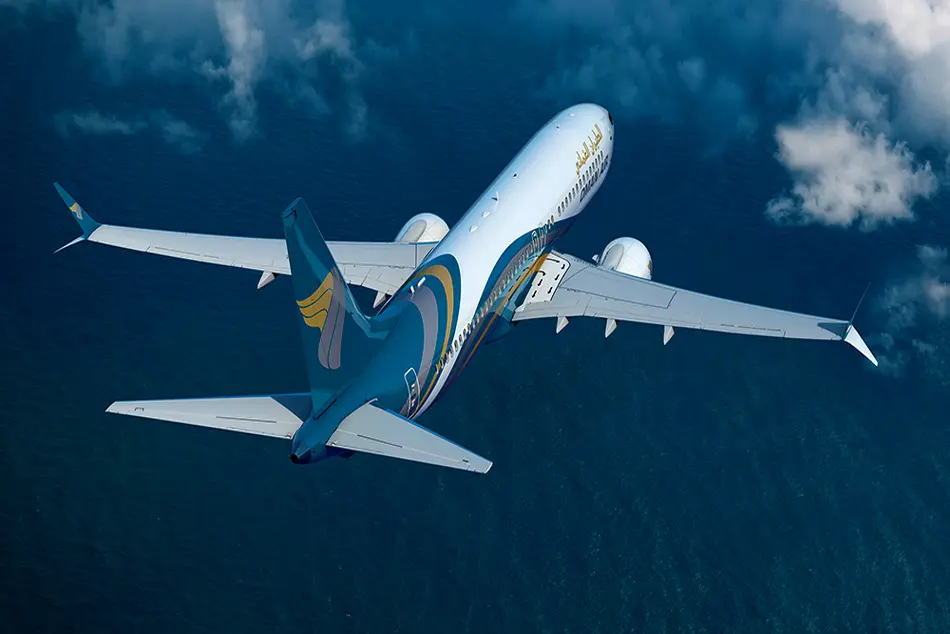Oman Air Receives Its Third New Boeing 737 MAX 8
Oman Air, the national carrier of the Sultanate of Oman, has taken delivery of the third of 30 Boeing 737 MAX 8s it has on order on Wednesday 13 June.

Oman Air, the national carrier of the Sultanate of Oman, has taken delivery of the third of 30 Boeing 737 MAX 8s it has on order on Wednesday 13 June.
The 737 MAX family has been designed to offer customers exceptional performance, flexibility and efficiency, with lower per-seat costs and an extended range that will open up new destinations in the single-aisle market.
Oman Air expects to receive a total of five 737 MAX by September 2018.
Configured with 162 seats in a two-class configuration: 12 in business and 150 in economy with significant enhancements across both cabins, the MAX aircraft is a testament to Oman Air commitment to continually upgrade its product offering to improve its customer satisfaction and enhance the overall guest experience.
With the addition of the new MAX, Oman Air’s fleet currently consists of seven Boeing 787 Dreamliners, six Airbus 330-300s, four Airbus 330-200s, five Boeing 737-900s, 21 Boeing 737-800s, three Boeing 737 MAXs and four Embraer 175s.
By the end of this month, Oman Air will also receive the first of its three 787-9 Dreamliner on order, two of which will have a new First Class product with 8 private suites, 24 Business class seats and 232 Economy seats. The aircraft will be equipped with leading technology, latest in comfort and amenities, including cutting-edge entertainment to enhance the travel experience of their guests.
Oman Air commenced on June 1, 2018, its new daily flight from Muscat to the Turkish city of Istanbul. The airline will also launch two more destinations – Casablanca (Morocco) on July 1st and Moscow (Russia) on October 28th this year, besides the resumption of its operations to the Maldives. The three new exciting routes are part of Oman Air’s strategic expansion plan, providing a streamlined global network that offers greater connectivity at its Muscat hub.
Source: aviationtribune



